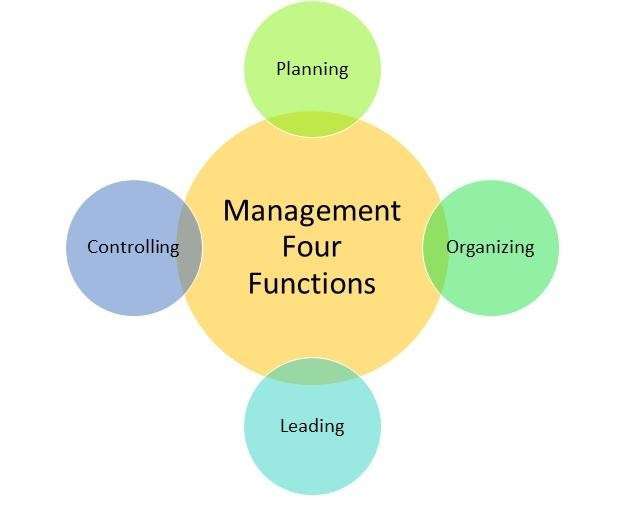What Are The Four Functions Of The Skeleton
The major functions of the skeletal system are body support facilitation of movement protection of internal organs storage of minerals and fat and blood cell formation Your skeletal system’s major functions include: Giving your body shape: Your skeleton supports the weight of your body. It’s also the anchor for all the tissue that connects to it. Helping you move: Your joints, connective tissue and muscles all work together to push and pull parts of your body every time you move.

Facilitates movement protects internal organs produces blood cells stores and releases minerals and fat Support Movement and Protection The most apparent functions of the skeletal system are the gross functions those visible by observation List and describe the functions of the skeletal system. Bone, or osseous tissue, is a hard, dense connective tissue that forms most of the adult skeleton, the support structure of the body. In the areas of the skeleton where bones move (for example, the ribcage and joints), cartilage, a semi-rigid form of connective tissue, provides flexibility .

What Are The Four Functions Of The Skeleton
Human skeleton the internal skeleton that serves as a framework for the body This framework consists of many individual bones and cartilages There also are bands of fibrous connective tissue the ligaments and the tendons in intimate relationship with the parts of the skeleton What are the main functions of the skeletal system slide share. Human skeleton definition structure functionsSkeletal system anatomy and physiology nurse stuff and nursing students.

The 4 Functions Of Management Your Complete Guide For 2021 BPI The

5 Functions Of The Skeleton LIVESTRONG COM
The skeleton has four main functions to support the body to protect some of the vital organs of the body to help the body move to make blood cells Figure 1. Bones Support Movement. Bones act as levers when muscles span a joint and contract. (credit: Benjamin J. DeLong) Bone, or osseous tissue, is a hard, dense connective tissue that forms most of the adult skeleton, the support structure of the body.In the areas of the skeleton where bones move (for example, the ribcage and joints),.
List and describe the functions of the skeletal system Bone or osseous tissue is a hard dense connective tissue that forms most of the adult skeleton the support structure of the body In the areas of the skeleton where bones move for example the ribcage and joints cartilage a semi rigid form of connective tissue provides Figure 10.1.1. Bones support movement. Bones act as levers when muscles span a joint and contract. (credit: Benjamin J. DeLong). The most apparent functions of the skeletal system are the gross functions—those visible by observation. Simply by looking at a person, you can see how the bones support, facilitate movement, and protect the human.